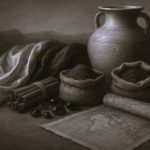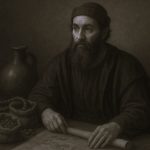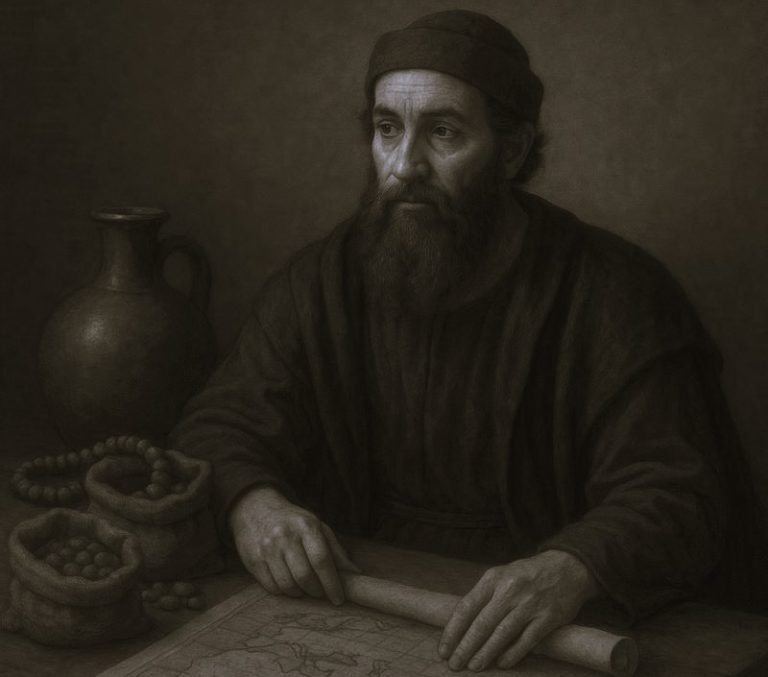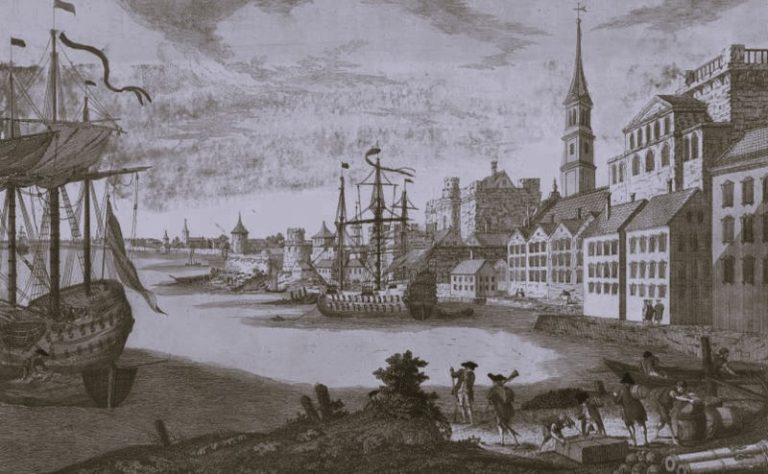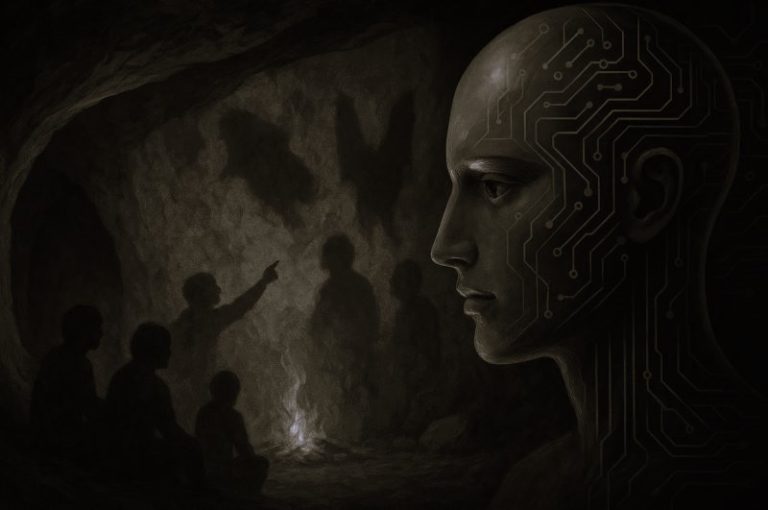

The glory of the Umayyads was not to last.

By Dr. Elizabeth Macauley-Lewis
Assistant Professor, Graduate Center of Liberal Studies
City University of New York
Introduction

The Dome of the Rock. The Great Mosque in Damascus. The Great Mosque in Córdoba. These remarkable architectural and artistic achievements are associated with the Umayyads, “first” dynasty of the Islamic World.
After the death of the Prophet Muhammad in 632 C.E., there was a series of four rulers, known as the Rightly Guided Caliphs: Abu Bakr, ‘Umar, ‘Uthman, and, lastly, Muhammad’s son-in-law, ‘Ali.
While the Sunni and Shia branches of Islam dispute the order of succession (specifically whether ‘Ali should have rightfully been Muhammad’s first successor), ‘Ali’s assassination marked a crossroad for early Muslims and resulted a series of civic wars (or fitnas).
Mu‘awiya and ‘Abd al-Malik
Mu‘awiya, then governor of Syria under ‘Ali, seized power after ‘Ali’s death. After a number of victories, Mu‘awiya emerged as the sole ruler of the Muslim world. He consolidated the early Muslim conquests in the Middle East and expanded the empire. Mu‘awiya established his capital at Damascus, shifting his power base north of Mecca and Medina in the Arab heartland. Mu‘awiya also instituted political and bureaucratic systems that allowed for the effective rule of the nascent Islamic empire and the expansion of the economy.

Mu‘awiya’s death in 680 resulted another wave of civil and religious wars, during which the Umayyads lost control of Mecca and Medina. Mu‘awiya’s son, ‘Abd al-Malik, eventually emerged victorious. Like the Roman emperors before him and his Byzantine contemporaries, ‘Abd al-Malik saw architecture and art as a means to express his authority and to provide the new religion of Islam with a powerful visual language that could convey the theology, values, and ideas of Islam to both Muslims and those who had been conquered.
‘Abd al-Malik built the Dome of the Rock on the Haram al-Sharif in Jerusalem, which employed inscriptions, gold and blue mosaics, and innovative architecture to create one of the world’s most exceptional buildings. Adjacent to the Dome of the Rock, he also erected a permanent mosque (replacing an earlier temporary mosque), known as the Aqsa mosque. It is the third holiest mosque in the Islamic world after those at Mecca and Medina.

During ‘Abd al-Malik’s reign, Arabic took hold as the language of bureaucracy and of the elite. The stability afforded by his reign also meant that trade flourished, as goods and people moved with ease within the boundaries of the Islamic world. ‘Abd al-Malik also undertook public works, constructing roads, canals, and dams.
Coinage Reform

‘Abd al-Malik also radically reformed coinage. Until 697 C.E., Islamic coinage deployed figural imagery, which was modeled on Byzantine and Sasanian coins. These coins included images, such as the standing caliph type, and were accompanied by Arabic inscriptions (or, in the case of coins minted in Iran, Pahlavi, or Middle Persian, inscriptions).
However, after 697 C.E., coins were minted with religious inscriptions in Arabic, the date, and the mint’s location. Since coins circulated widely, the coins helped articulate the new faith and political authority to both Muslims and the peoples that they had conquered. The uniform coinage also facilitated trade, as there was now a single currency with standardized iconography and denominations.

The inscription on the observe (on the left above) announces the creed of Muslims, the central inscription reads: There is no God but God, He is alone, He has no associate. The marginal inscription reads: Muhammad is the Messenger of God. He sent him with Guidance and the true religion that he might overcome all [religions even though the polytheists hate it]. Translation: British Museum. ‘Abd al-Malik was succeeded by his son, al-Walid I, who built the Great Mosque in Damascus (see photo near top of page) — another of the most important surviving monuments from the early Islamic period. Built using the tax revenue of Syria for seven years, the Great Mosque proclaimed the achievements of Islam in architectural and artistic form.
“Desert Castles”
al-Walid was succeeded by a series of male relatives who ruled until 749 C.E. Their main artistic and architectural achievement was the construction of what scholars have traditionally called the “Desert Castles.” These “castles” are better described as imperial or aristocratic residences that took the form of hunting lodges, rural residences, and urban palaces. Like the Dome of the Rock and the Great Mosque of Damascus, these residences expressed the authority and status of the Umayyad rulers; however, they use a distinctively secular architectural language.

These residences included audience halls, baths, and mosques, as well as extensive grounds. The residences were richly decorated with figural mosaics, paintings, and sculpture, which helped to create a luxurious environment for feasting, hunting, and the recitation of poetry and other courtly pursuits. These famous residences include Qusayr ‘Amra, Khirbat al-Mafjar, Mshatta, and others.
Built by al-Walid II, Qusayr ‘Amra (in Jordan) is composed of an audience hall and bath complex with rich wall paintings. Khirbat al-Mafjar, located outside Jericho in the West Bank, has rich floor mosaics, including deer and a lion under a treat, as well as an extensive program of figurative sculpture. A statue of the caliph, standing on a base decorated with lions (a symbol of royal power) greeted visitors, a clear articulation of authority and power. While the form of the standing caliph was no longer on Islamic coins, the image was still potent.

The frieze from Mshatta, an unfinished residence in Jordan, is now in the Museum for Islamic Art in Berlin. These residences are particularly important, as they confirm that since the inception of Islamic art figurative representation has been an important aspect of Islamic Art. However, figurative art is almost always used in the secular realm, while religious art is aniconic (without the representation of human figures).

The glory of the Umayyads was not to last; almost all of the Umayyad princes were massacred in 749 by their rivals, the Abbasids, in what scholars call the “Abbasid Revolution.”
The only Umayyad prince to survive was ‘Abd al-Rahman I, and he escaped to found his own dynasty in Spain. Rooted in the Syrian traditions of his forefathers (and supported by Syrian immigrants), he established an alternative caliphate to the Abbasid caliph in Baghdad.

In 786, he founded the Great Mosque in Córdoba. Although little of his original foundation survives, the later modifications and decoration, particularly the use of mosaics on the domes of mihrab and maqsura, were a clear evocation of the glorious Syrian past.
Originally published by Smarthistory, 09.08.2019, under a Creative Commons Attribution-NonCommercial-ShareAlike 4.0 International license.
